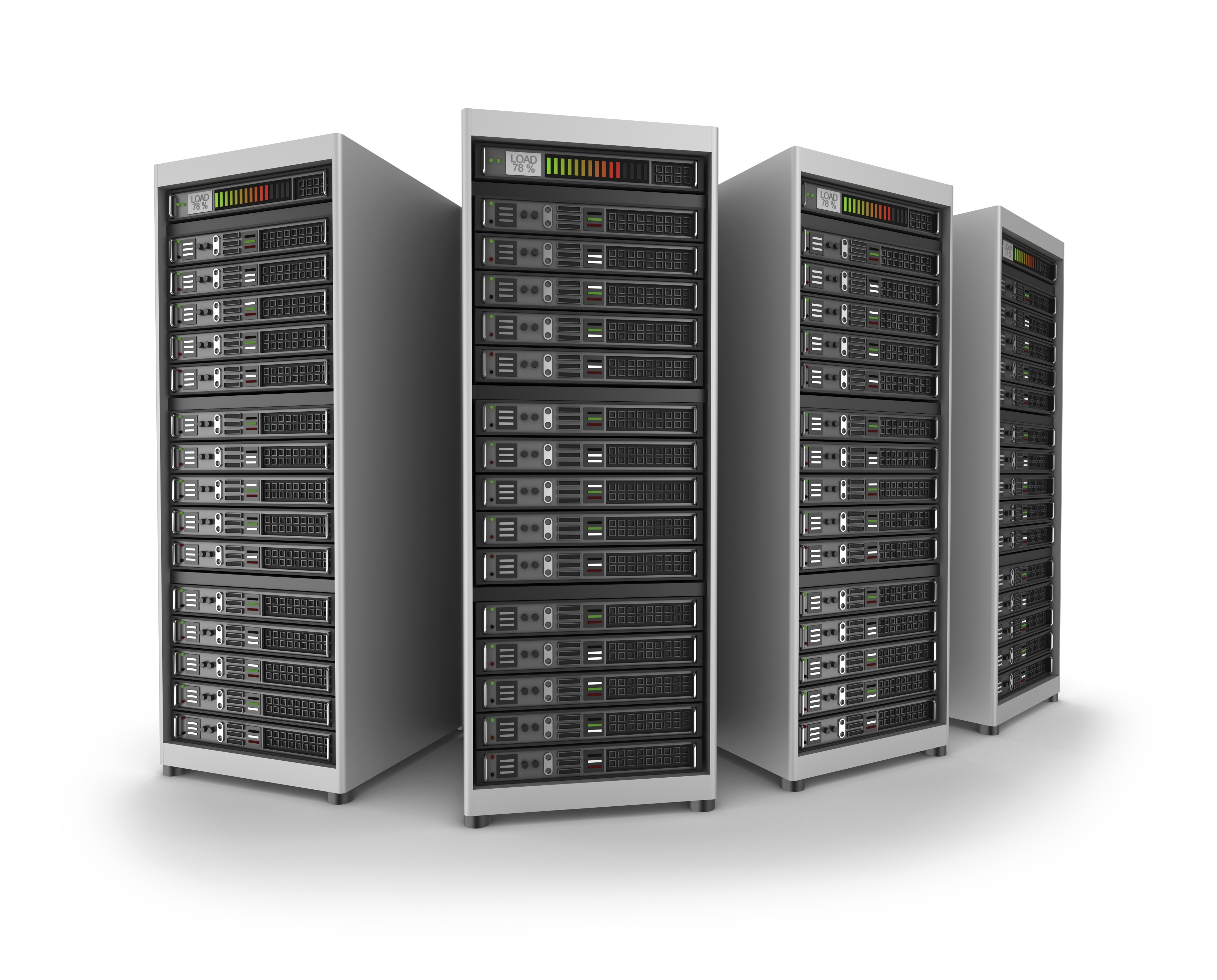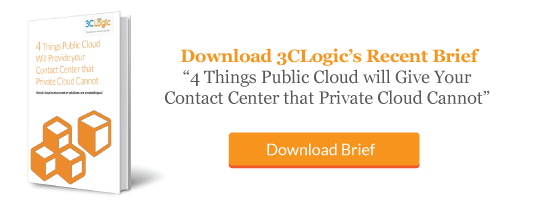Previously limited to the age old switchboard, today’s contact centers have a number of solutions at their disposal to power their client facing communications, many of which can be classified into three main categories: on-premise, hosted, and cloud. And while each should lead to the same general end result—connecting a business to its customers—there are a number of fundamental differences between the three that every business should be made aware of before choosing a solution for its contact center.
On-Premise
Before the word “cloud” referred to anything more than a mass of condensed water vapor floating in the atmosphere, most contact centers were hosted “on-premise”, or on local servers stored within a company’s facility. Considered by some to offer greater control and security, due in part to the fact that the servers are managed and supervised in-house, on-premise solutions continue to power a large portion of today’s contact centers. But while on-premise solutions do offer businesses certain benefits, there are a number of pitfalls that are causing many contact centers to avoid this type of solution all together, or to make a switch.
Because data and servers are typically stored in one centralized location, creating a single point of failure, on-premise solutions are much more vulnerable to service disruptions and downtime. And because deployment requires large up-front investments and a significant amount of time and planning, contact centers can also face difficulty scaling to meet changing demands, leading to bandwidth bottlenecks and capacity constraints.
Hosted
Often referred to as “cloud” solutions, mainly due to the fact that they are multi-tenanted and housed off of the business’ premise on their own site, hosted solutions have become a popular deployment option for many of today’s contact centers. Taking on the burden of managing data centers, thereby significantly reducing a business’ costs, hosted services have allowed businesses to spend less of their time managing servers, maintenance, and upgrades, and more time focusing on their core competencies.
But much like on-premise solutions, hosted solutions tend to house their servers in one centralized location, leaving them subject to the same vulnerabilities and pitfalls (service disruptions, downtime). And being that these hosted “clouds” are relatively small compared to services such as AWS and Rackspace, scaling to meet changing customer demands can be a greater challenge than one would assume.
Cloud
Praised for their superior flexibility, reliability, and cost-savings, cloud solutions have quickly picked up speed in the contact center space, as they have eliminated the need for large up-front infrastructure investments (a general requirement of on-premise solutions) and allowed for enhanced business continuity. With limitless access to IT resources, large public cloud platforms such as Amazon Web Services, Rackspace, and Microsoft Azure enable their clients to scale as quickly as customer needs dictate. And when compared to hosted and on-premise solutions, which typically house data in a single centralized location, true cloud platforms distribute the workload across multiple data centers, creating a more fault-tolerant and redundant system with enhanced reliability.
But while the merits of cloud contact center solutions remain abundantly clear, some businesses prefer or are required to store certain information locally, presenting businesses with an interesting predicament.
The solution? A hybrid approach
There are ways businesses can take advantage of everything a true cloud solution has to offer, while housing certain crucial data on-premise. 3CLogic’s cloud call center software, for example, combines the power of Amazon Web Services, the largest and most secure public cloud platform in the world, with its unique edge computing technology. Allowing customers to take advantage of the cloud’s superior flexibility and reliability while keeping certain tasks and data functions on-site, this unique architecture, more commonly referred to as V-TAG, has enabled 3CLogic customers to significantly grow sales and expand their business. It’s truly the best of both worlds.





